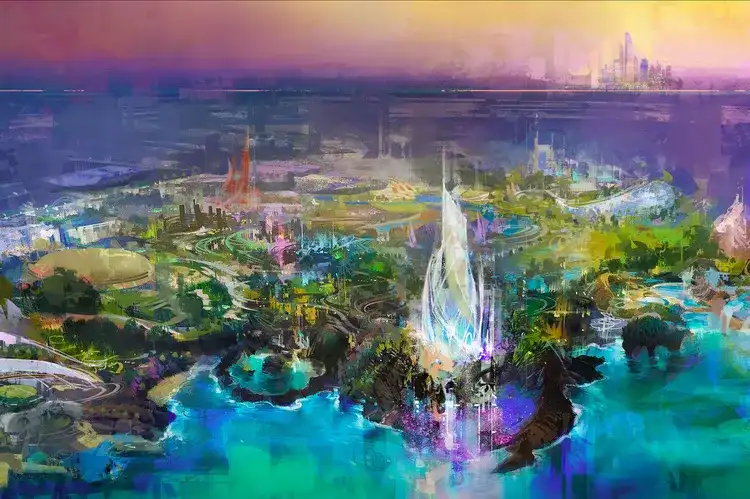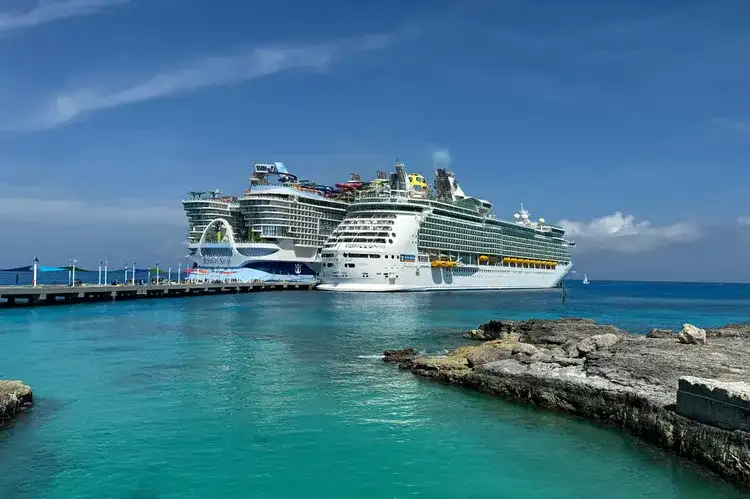To many in the United States, Cinco de Mayo has become a lively celebration of Mexican culture — often accompanied by parades, parties, and plenty of margaritas. But in Mexico itself, particularly in the city of Puebla, the day carries a much deeper historical meaning. May 5 marks the anniversary of the Battle of Puebla in 1862, a moment of national pride when Mexican forces successfully repelled a powerful French army.
What Cinco de Mayo Really Commemorates
Contrary to popular belief, Cinco de Mayo is not Mexico’s Independence Day. That holiday is celebrated on September 16. Instead, May 5 recognizes a singular, heroic victory in the town of Puebla, southeast of Mexico City. At the time, France — under Napoleon III — sought to invade Mexico under the pretense of collecting war debts. The French army, considered one of the most powerful in the world, outnumbered the Mexican troops two to one.
The Battle of Puebla
Despite the odds, Mexican forces led by General Ignacio Zaragoza managed to defeat the French. The victory not only boosted Mexican morale but also sent a powerful message of resilience and national unity. In honor of the general’s leadership, the city was later renamed Puebla de Zaragoza.
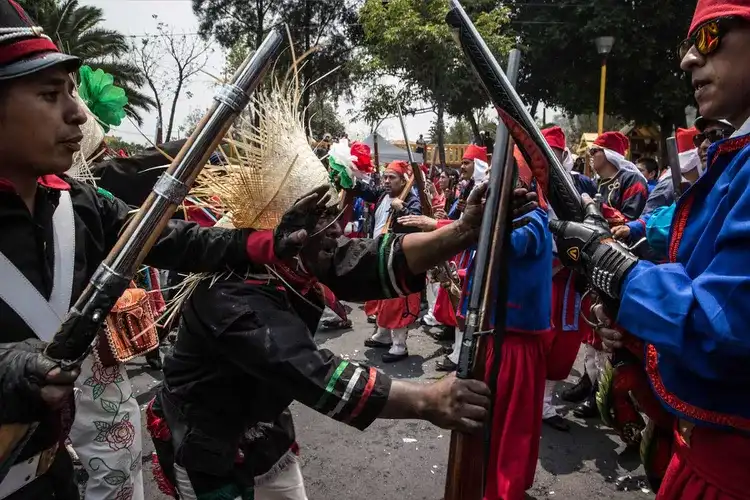
How Cinco de Mayo Is Celebrated in Puebla
In Puebla — the heart of the battle and the epicenter of the celebration — Cinco de Mayo is not just a day but an extended cultural event. Each year, the city hosts military parades, community fairs, and vibrant displays of local heritage. It’s a moment of pride and remembrance rather than commercial festivity.
The Parade
The grand parade in Puebla showcases a rich tapestry of Mexican identity. Participants include soldiers, marines, musicians, and dancers. Indigenous communities in the region proudly share their customs, donning traditional dress and performing ancestral dances. One of the most anticipated spectacles features charros (Mexican cowboys) and escaramuzas (female equestrians) — who typically close the parade in a dramatic finale.
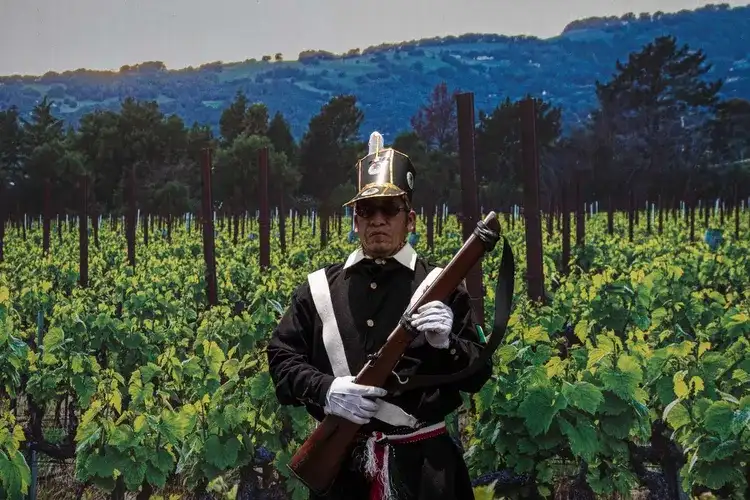
The Puebla Fair
The city doesn’t stop at a single-day celebration. A weeks-long fair follows, filled with live music, amusement rides, artisan markets, and food vendors. The fair is not only festive but also reflective of Puebla’s cultural and culinary significance. Traditional dishes take center stage — from the famous mole poblano to sugary confections like camotes (sweet potatoes) and borrachitos, fruity candies soaked in tequila or rum.
Historical Landmarks of the Battle of Puebla
For those interested in exploring the deeper history behind Cinco de Mayo, Puebla offers several important sites that bring the story to life.
- Fort Loreto: One of the two key locations during the battle, this former Catholic shrine was converted into a military fortress in the early 19th century. Today, it houses the Museum of Non-Intervention, which displays original weapons, flags, and letters from President Benito Juárez to General Zaragoza.
- Fort Guadalupe: The second key stronghold in the battle, Fort Guadalupe now features an interactive museum that traces its evolution from a religious site to a battlefield.
- Underground Tunnels: Puebla’s vast subterranean network once connected strategic locations throughout the city. Guided tours reveal how these tunnels were used by troops during the French invasion.
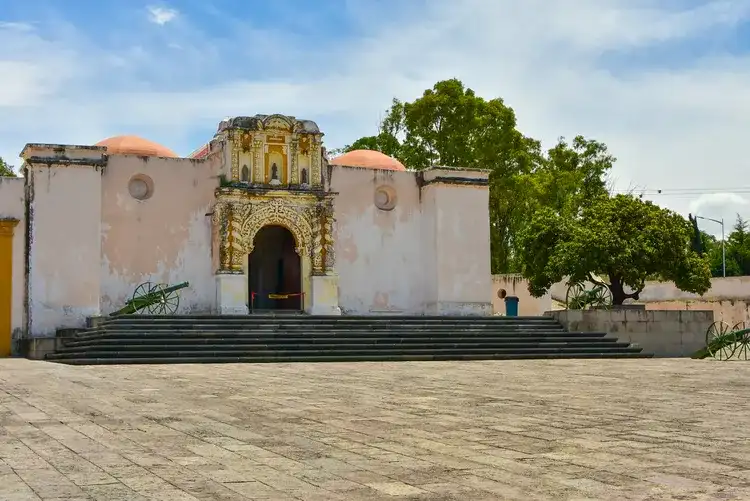
A Holiday of Resilience
While Cinco de Mayo has taken on different meanings across borders, its roots lie firmly in the soil of Puebla — a city that stood firm in the face of a formidable enemy. The holiday may have grown into a global celebration of Mexican culture, but for the people of Puebla, it remains a tribute to courage, heritage, and national pride.




